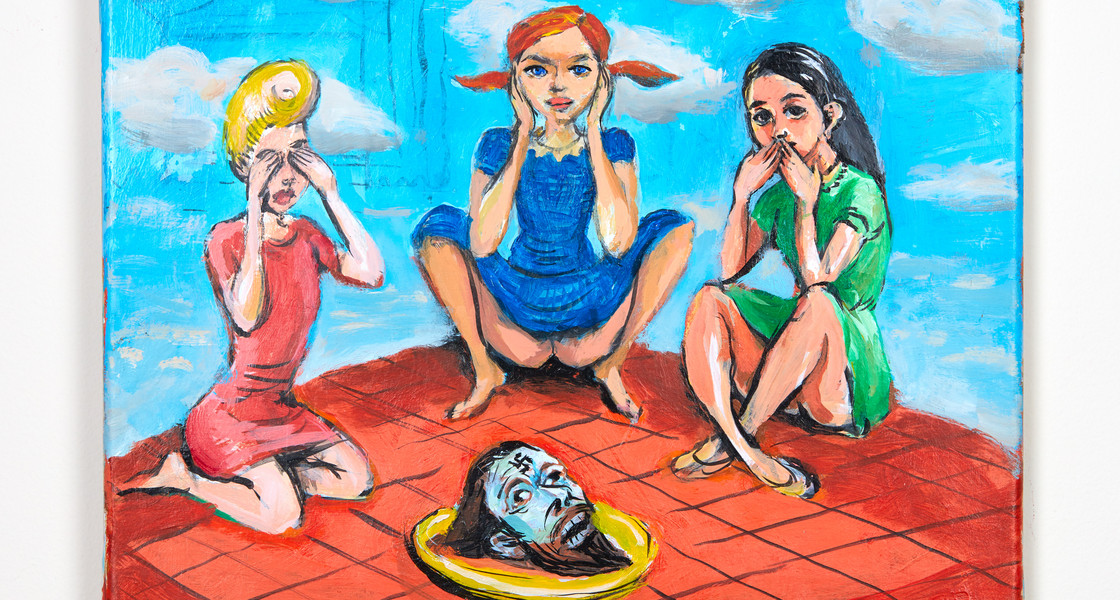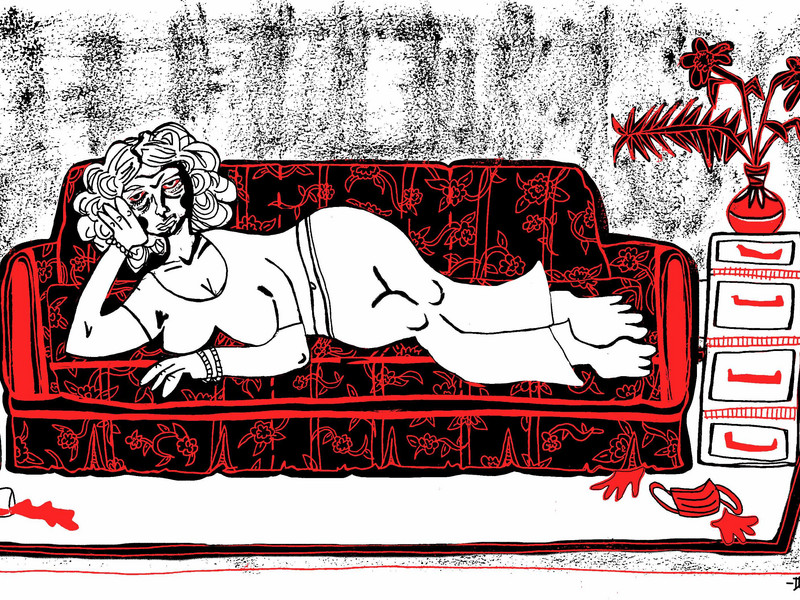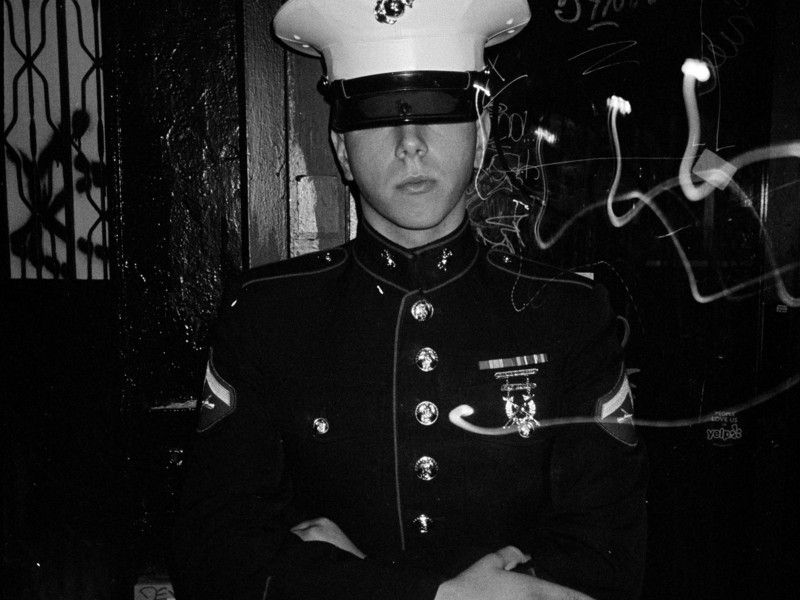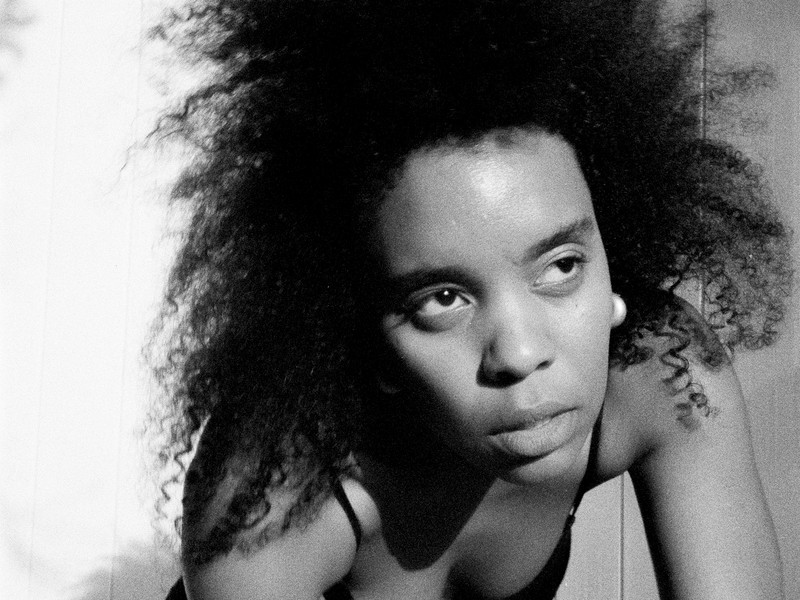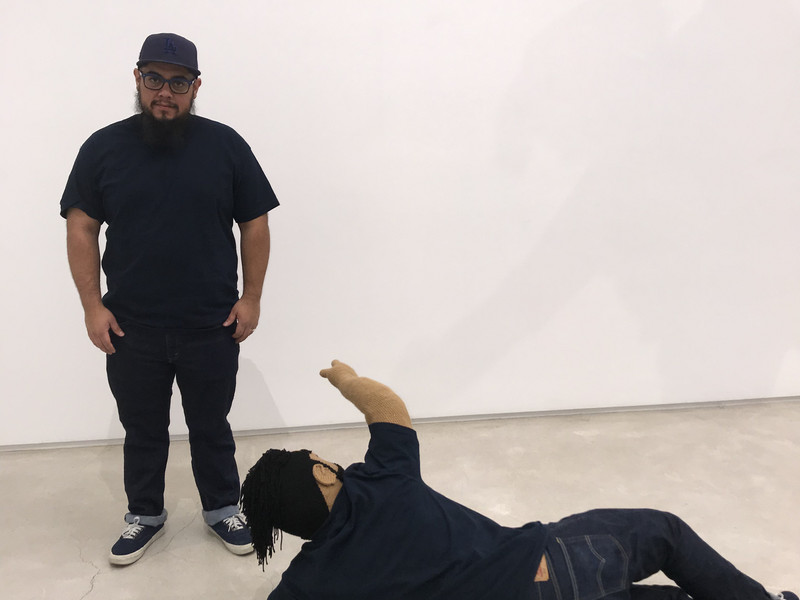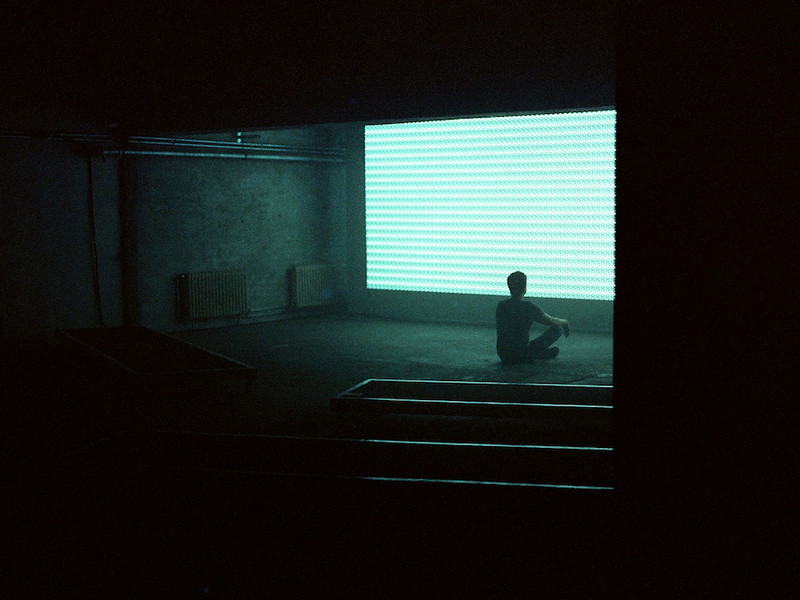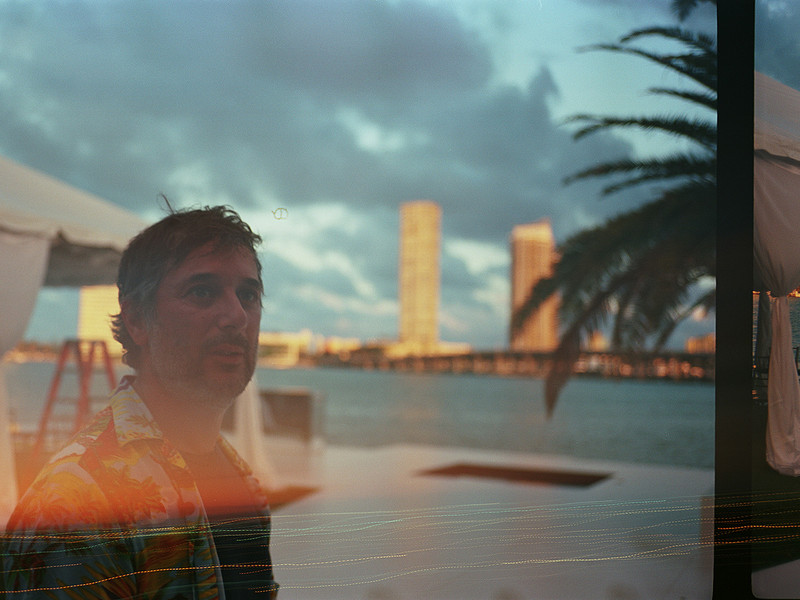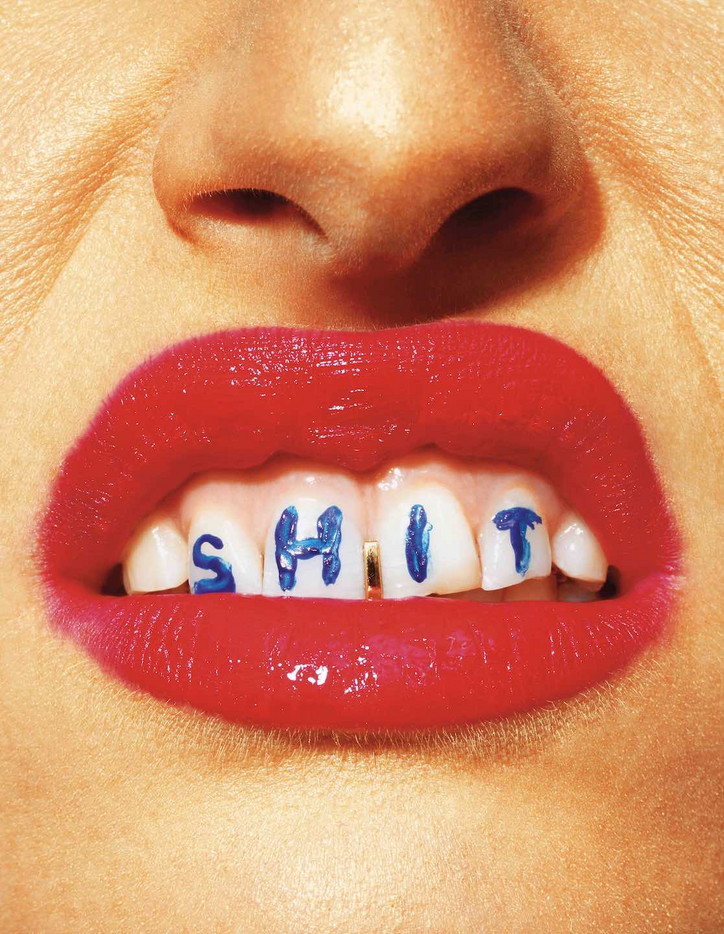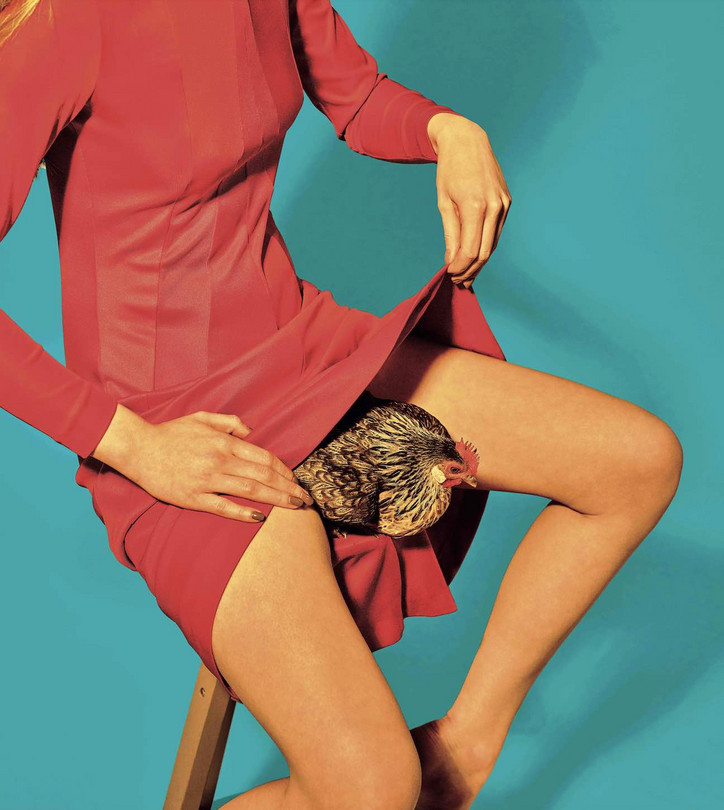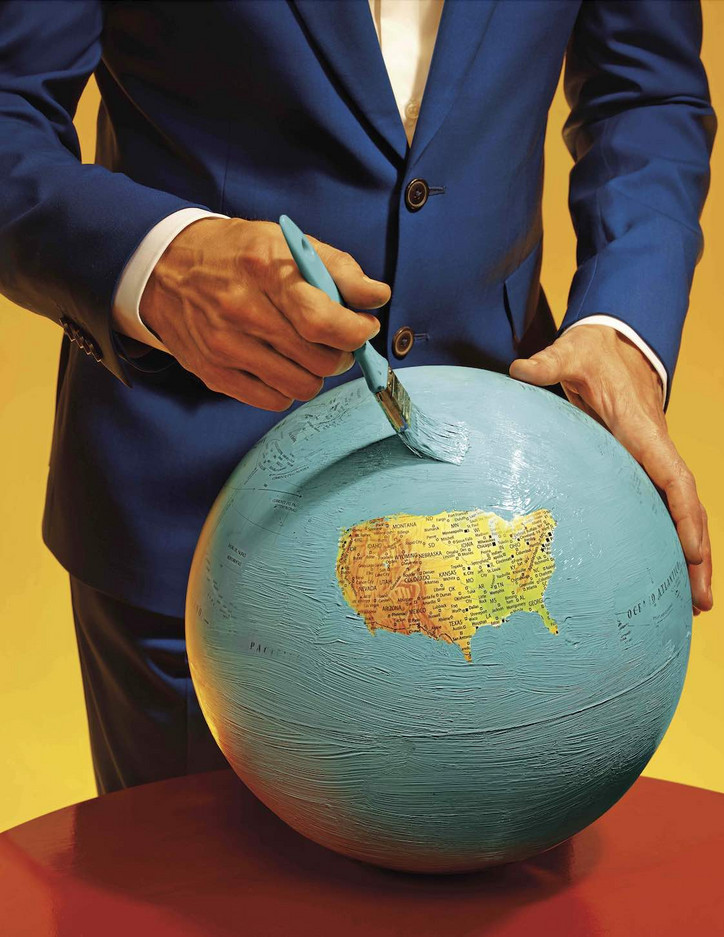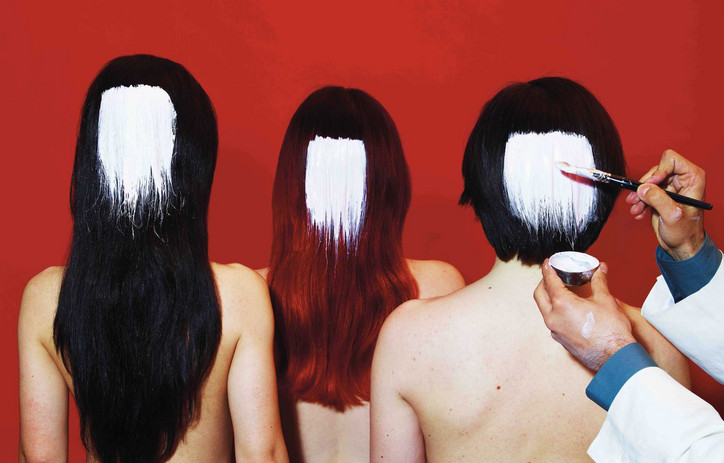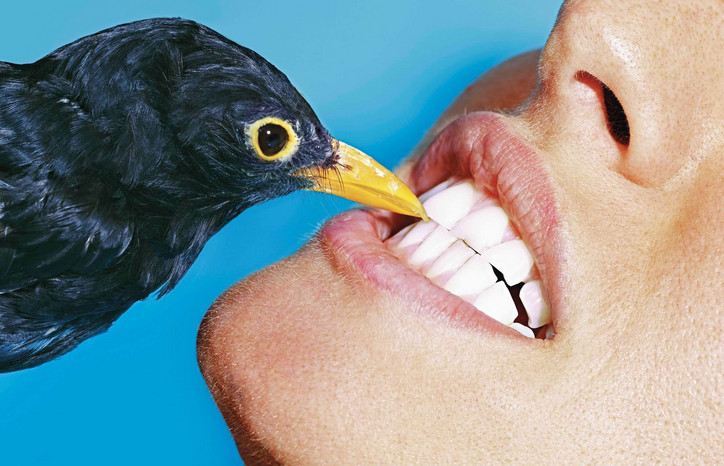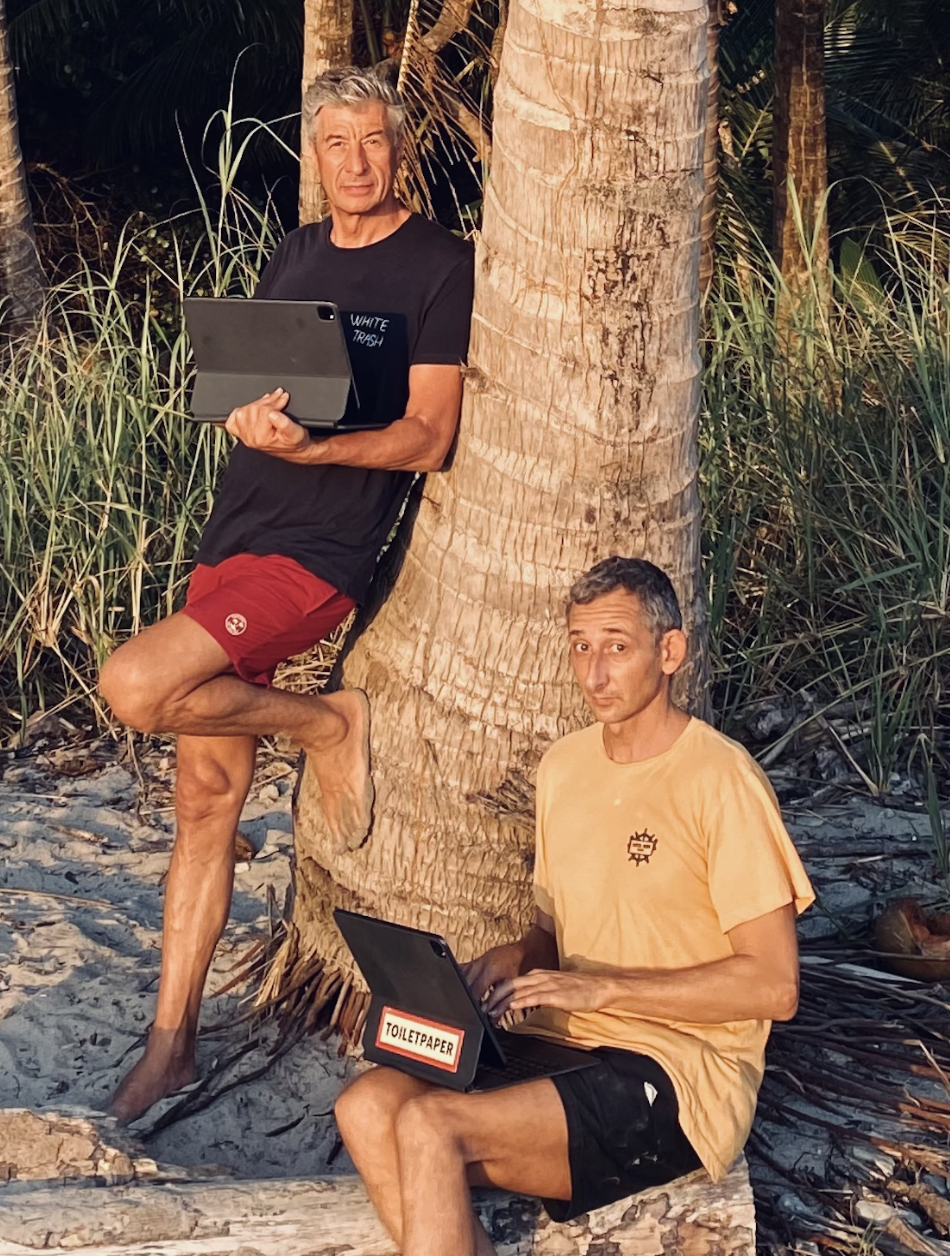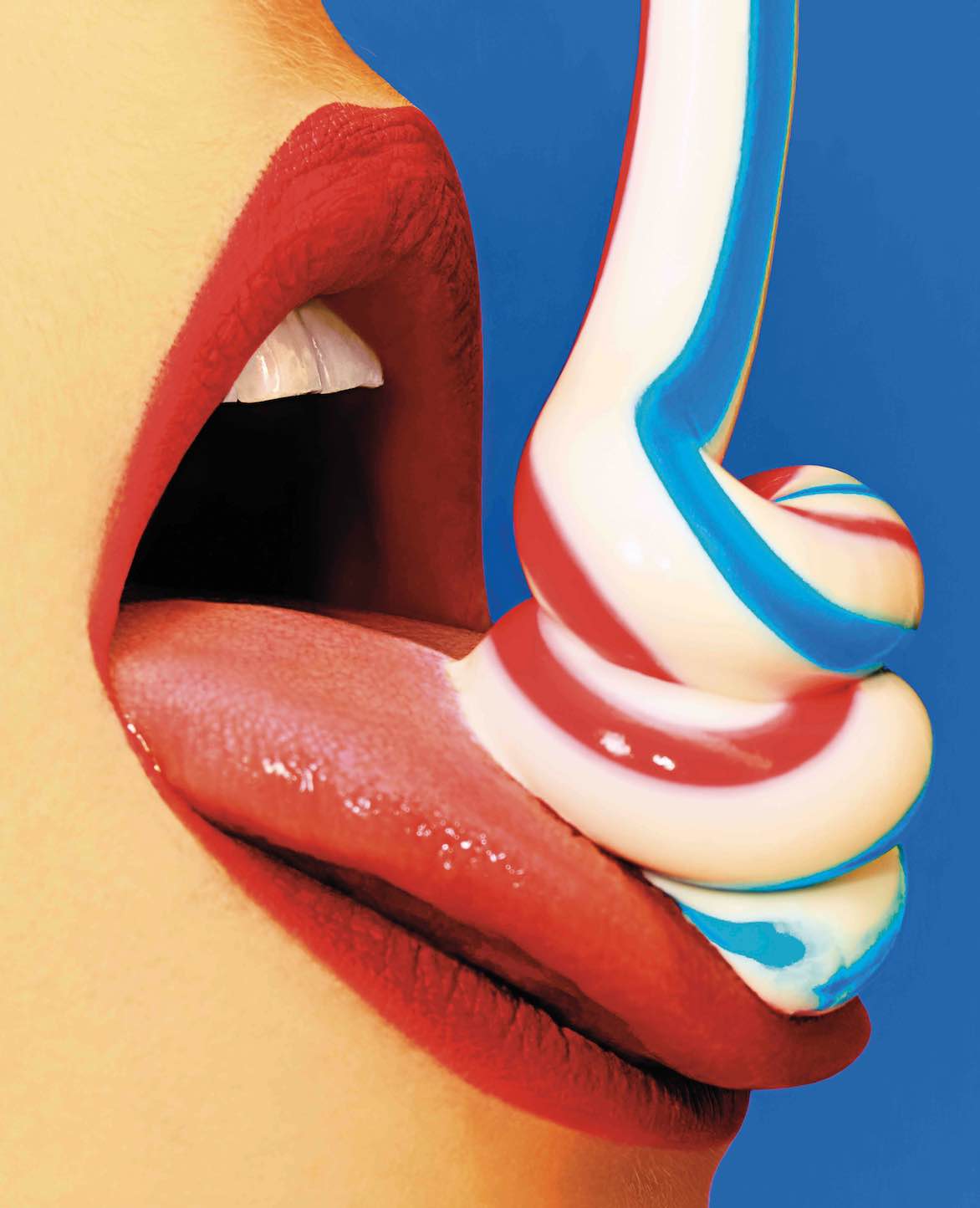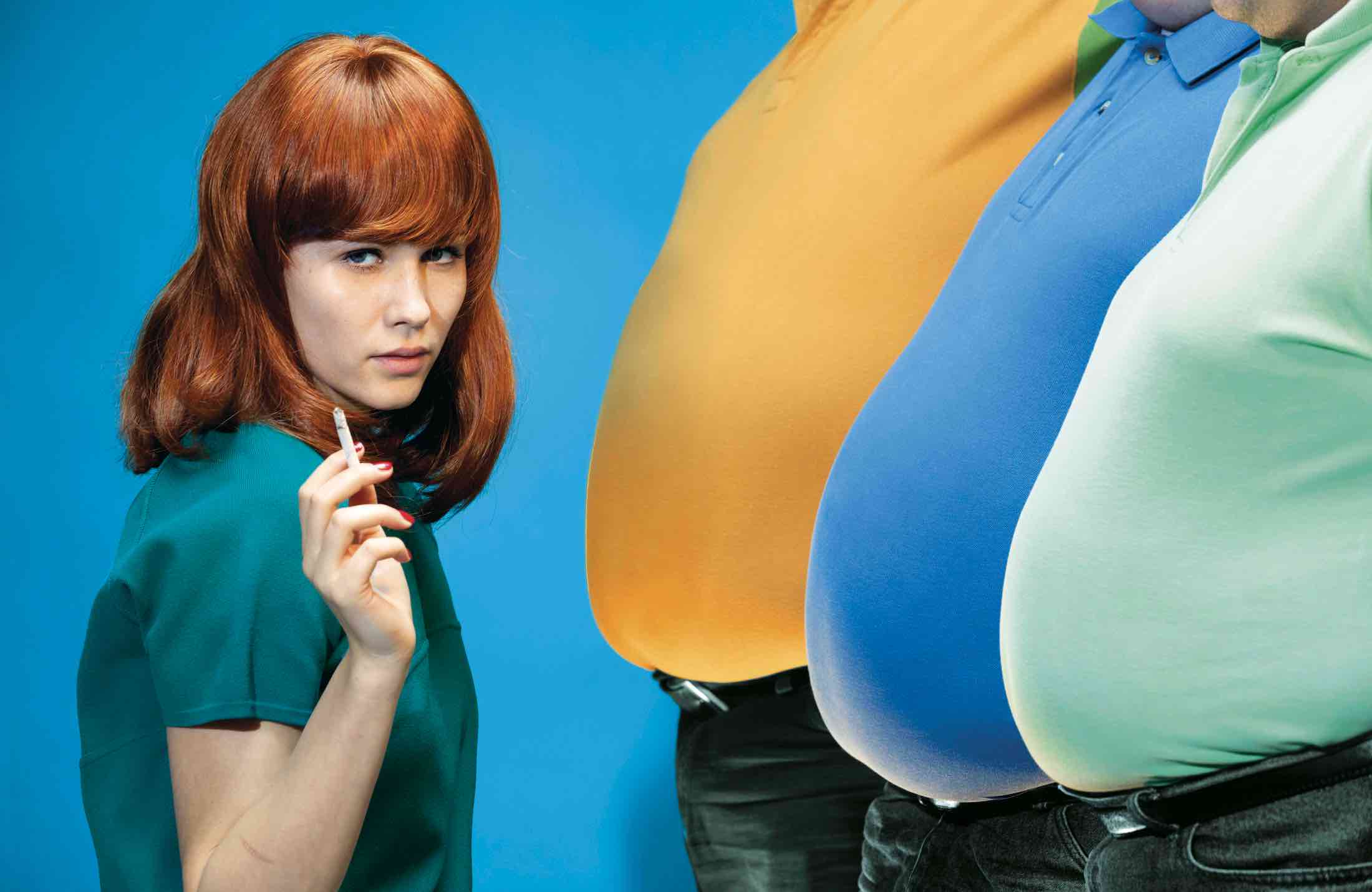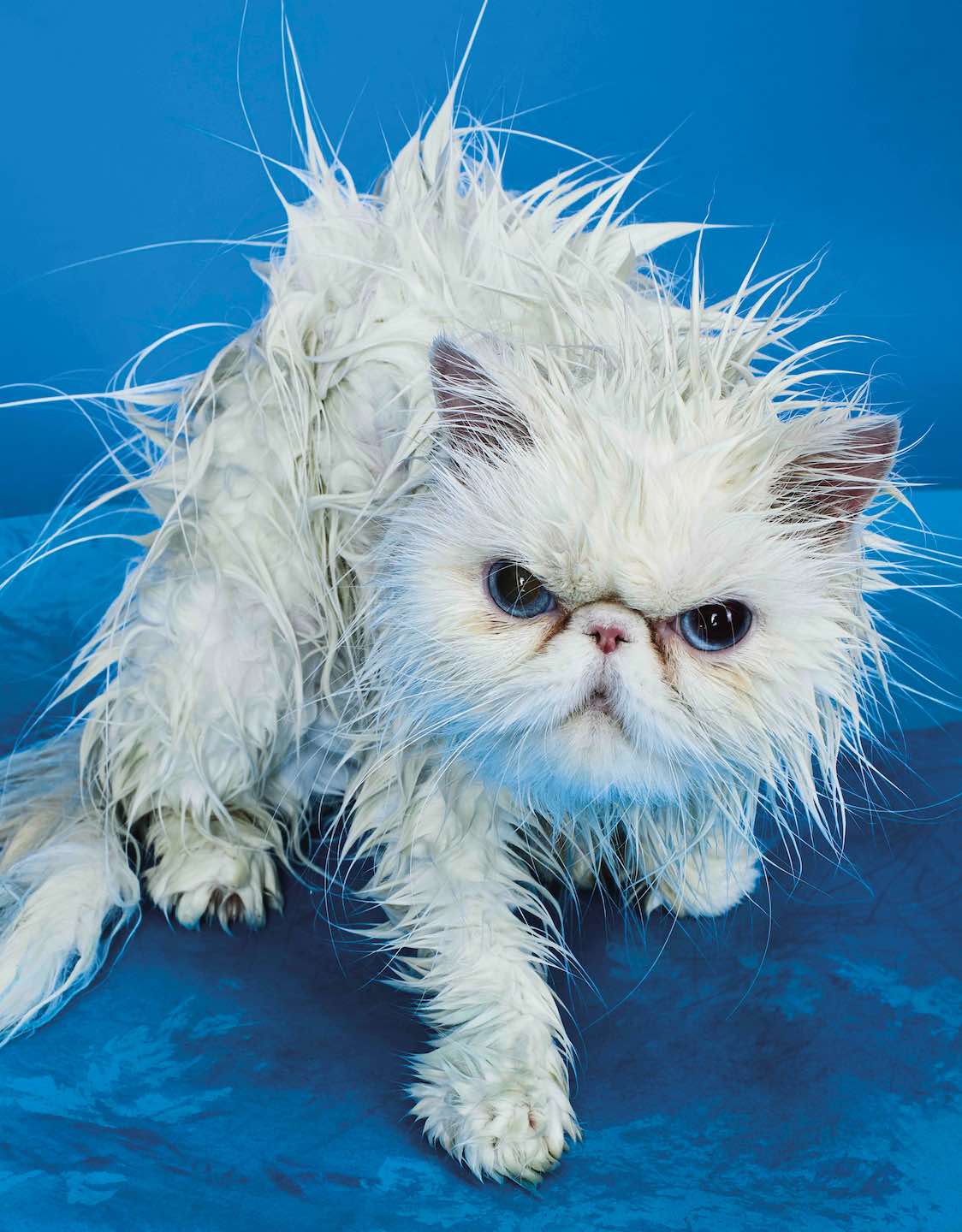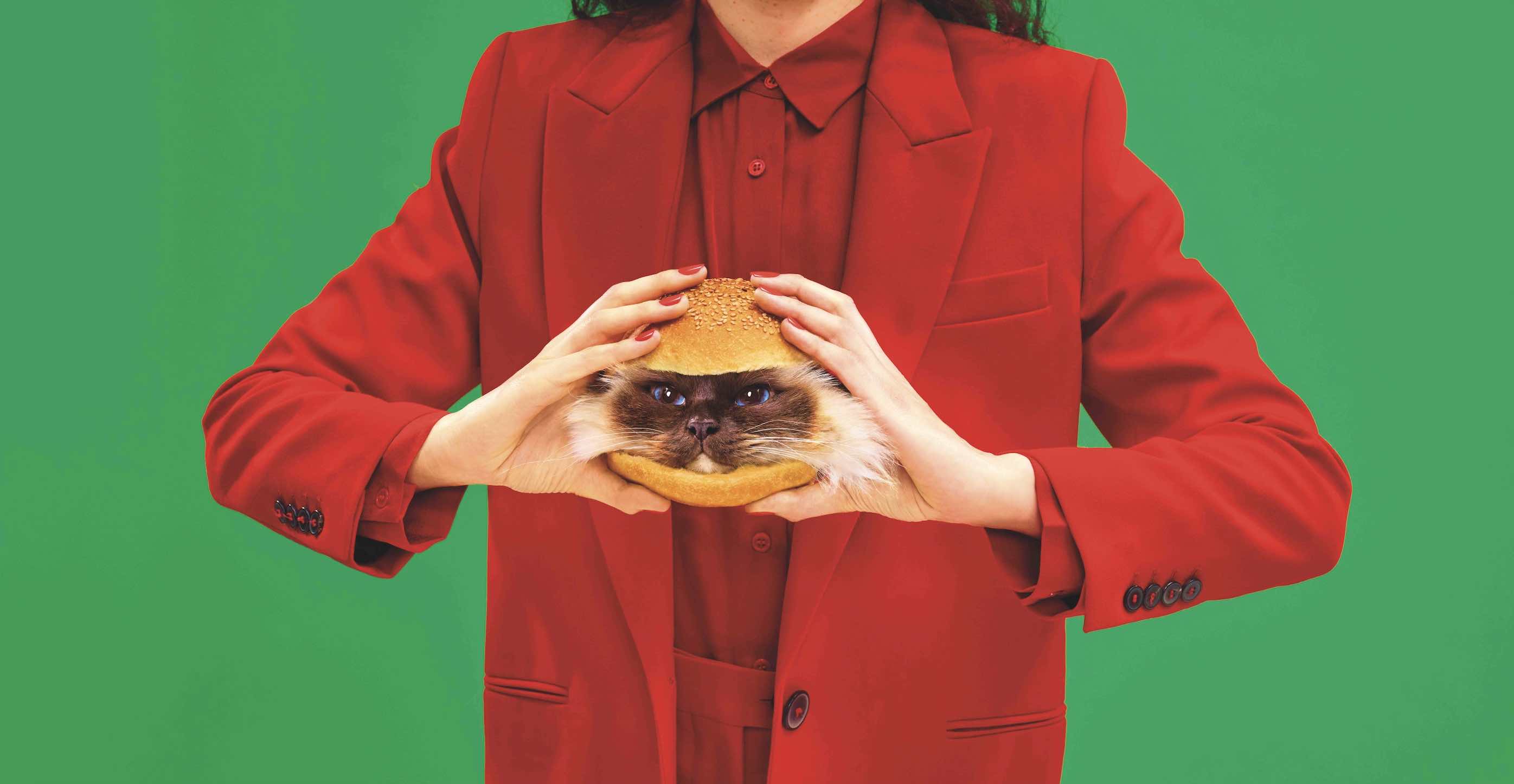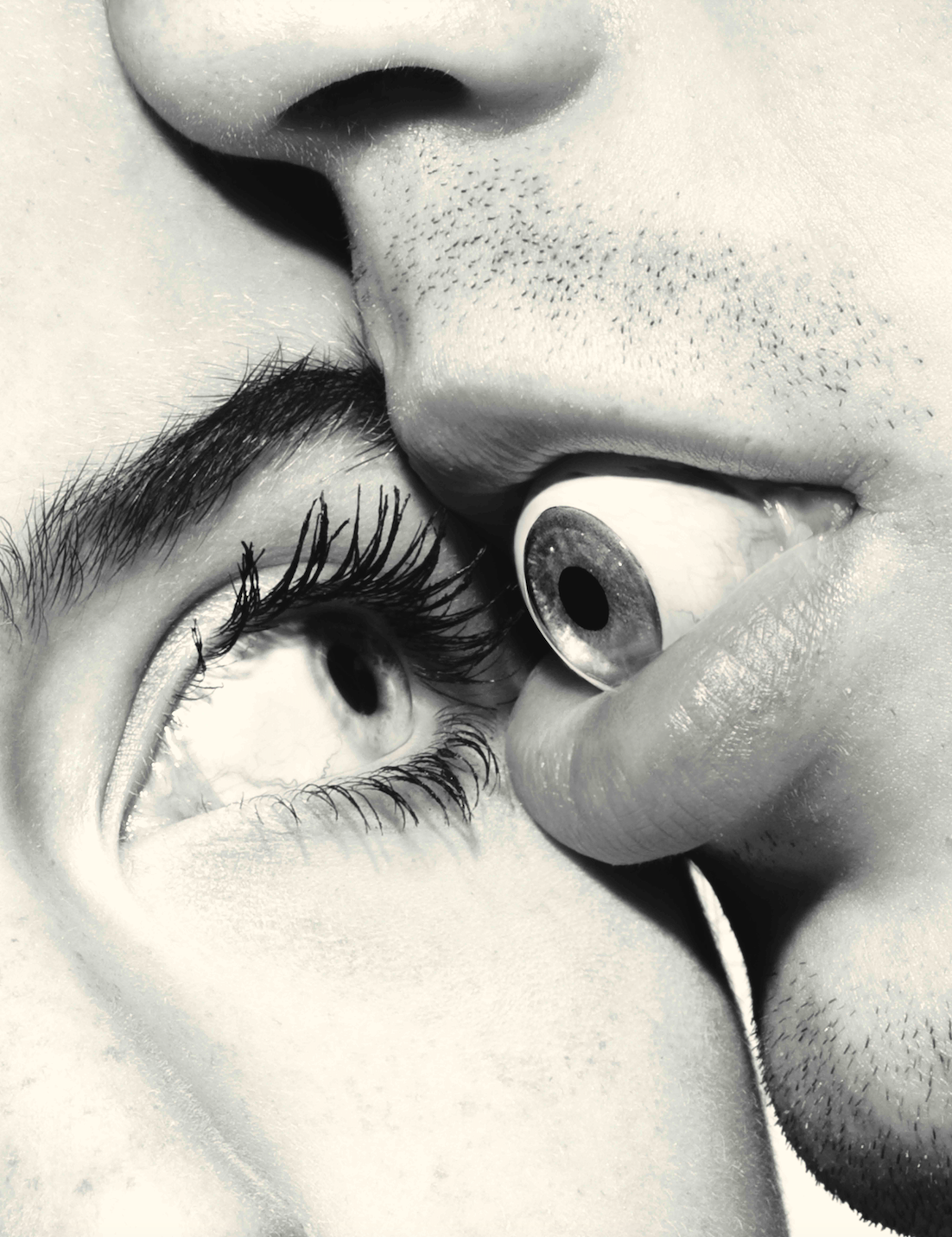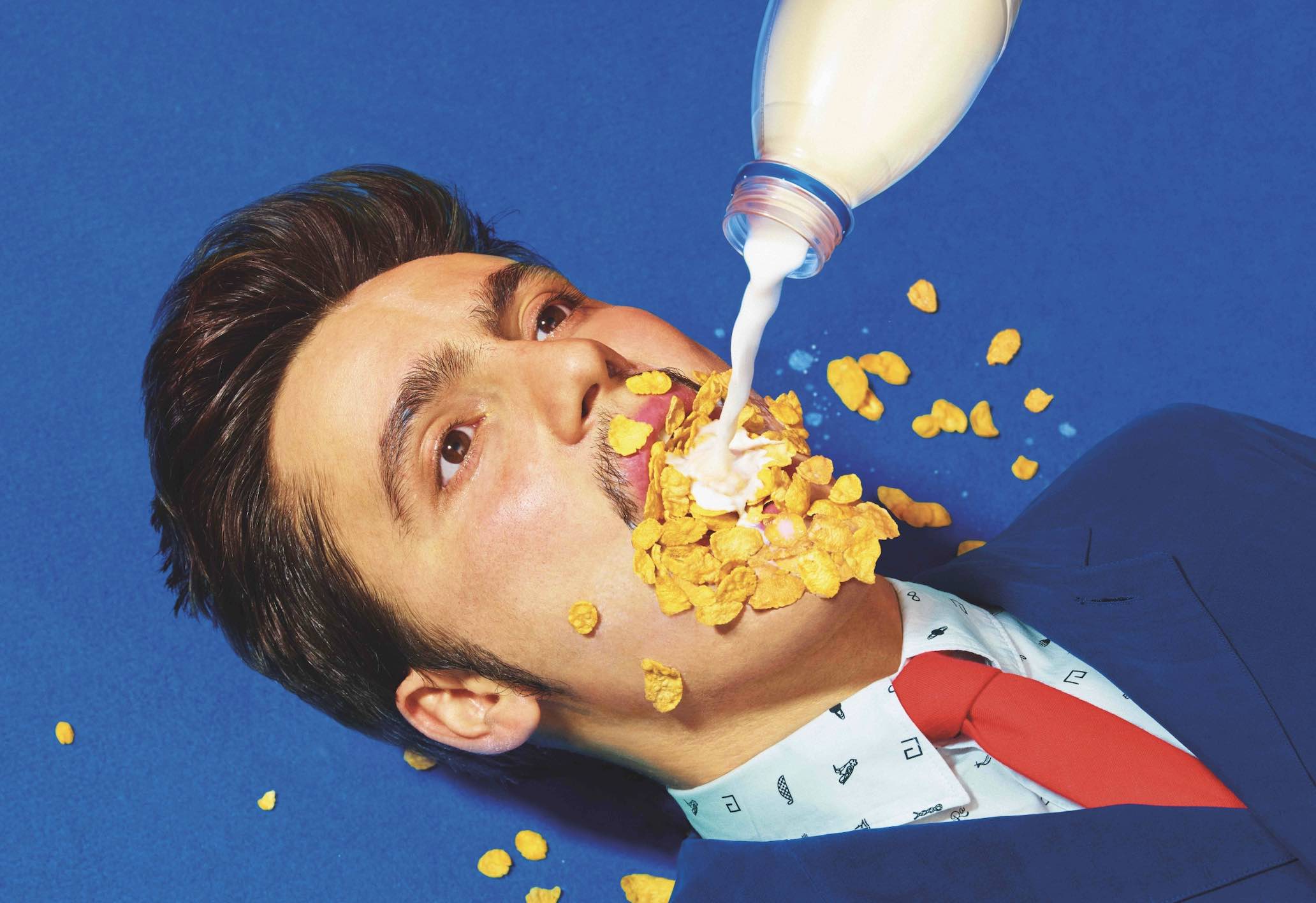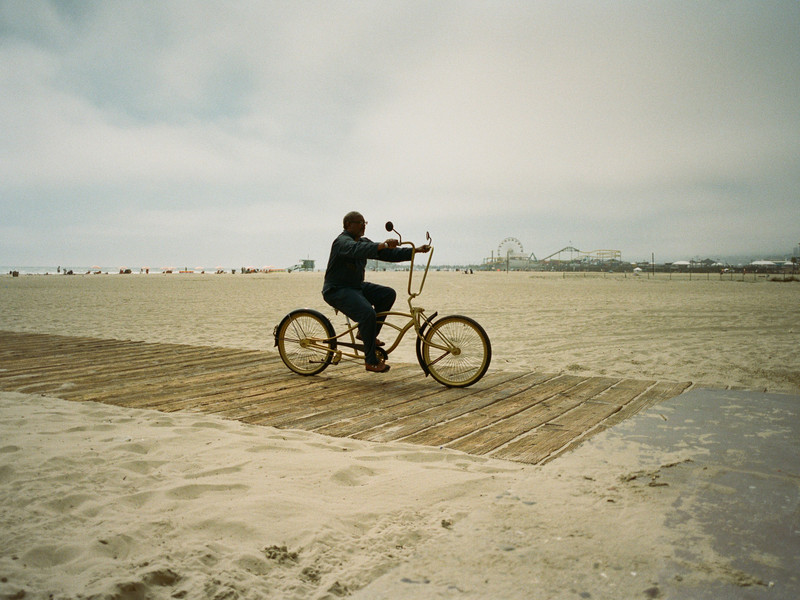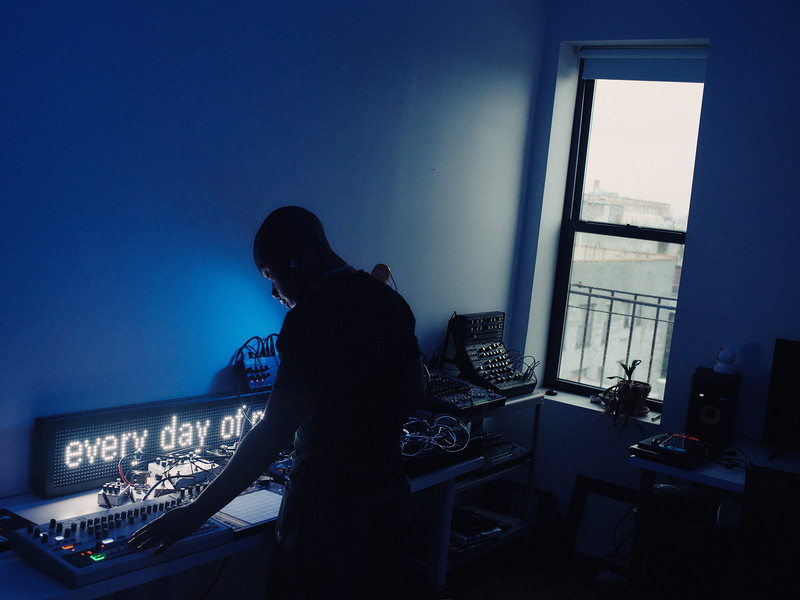Satanic Panic
These feel driven by narrative, almost like illustrations to a children’s story. What kind of story are they narrating?
The story of the little boy who got lost in the forest and ate the wrong mushroom. I don't know really what story is being told. In my sketchbooks I make random images without really thinking much about them, then later I go back and find if there's anything worth developing further. I don't have any kind of agenda or goal. I just try to stay spontaneous trusting my intuitions. I noticed very early as an artist that I was attracted to images in my own work that suggested a before and after and I thought it was good that the person viewing the image would figure out for themselves the before and after.
What is your experience with the occult?
Occult practices themselves seem to me, from the outside, to be kind of sad and prosaic. But in the old days, it was just another kind of religious practice, or really thousands of little religions. I am more attracted to the Christian view of the occult, which is so romantic and exotic. It's kind of like in those old paintings of heaven and hell — hell is always the great part of the painting. The heaven scene is pale and boring. You can tell the artist is having so much fun depicting the fire and torture and screaming, all the hallucinatory animals with their tongues hanging out. Some evangelical Christians in the 1980s displayed their own romantic imaginations during what was later called ‘the Satanic Panic.’ I'm fascinated by the ‘Satanic Panic.’ Pizzagate is the latest version of this phenomenon.
Is art modernity’s religion?
I remember the essay by Tom Wolfe on that subject. Religion seems to be necessary for us humans to create meaning out of our chaotic existence. But that meaning tends to become rigid, and I think art can challenge those rigid structures so we can adapt as time goes on. Mike Kelley said, "The purpose of art is to fuck things up,” and I like this idea.

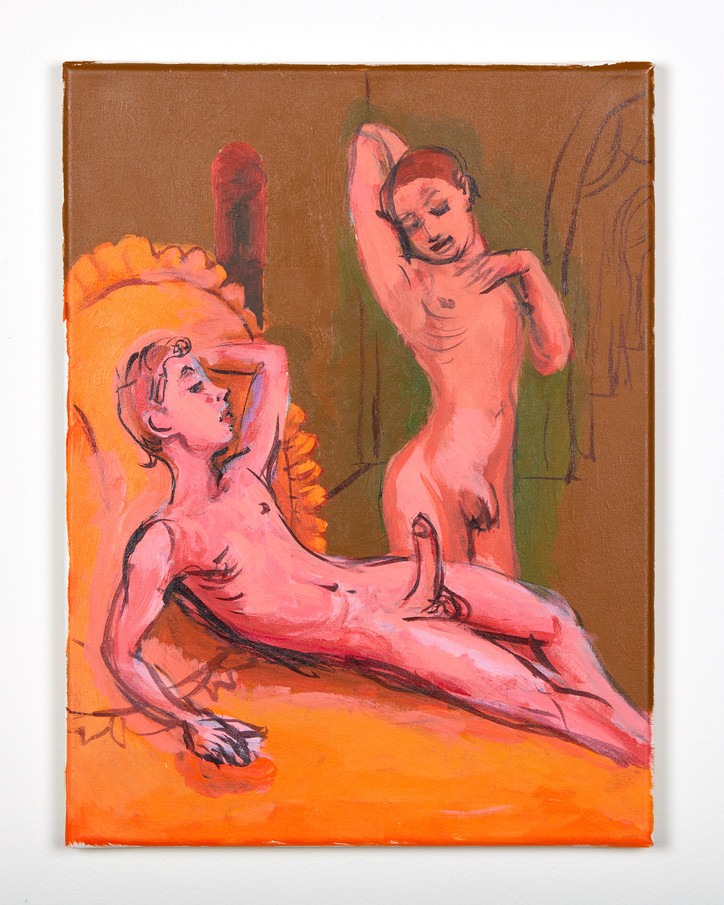
Above: 'All of Me (Version 2)' and 'Buddies'
When you sit down to work on a piece, what do you turn to? What informs you?
For me, the mood is the main thing. I find that music sometimes helps to maintain a particular mood. There was one painting recently I was working on, "All of me – version two”, where I had to listen to Rimsky-Korsakov in order to paint the painting. After I was done, I never had the desire to listen to his music again.
There’s a sense of horror to these pictures, which I love. Why do we love horror so much, do you think?
I guess I don't think of my paintings having a horror element, but I see what you mean. I am interested in Gothic horror. There's something scary about the past, a fear of old things.
Would you rather live in a sci-fi world or a fantasy world?
I might prefer to live in a pre-1960s sci-fi world. I love the old science fiction pulp magazine covers which usually were graced by scantily clad space girls who occupied that universe. I don't think I'd want to live in a fantasy world. I already live in one, where all women find me attractive and fame and fortune are just around the corner.
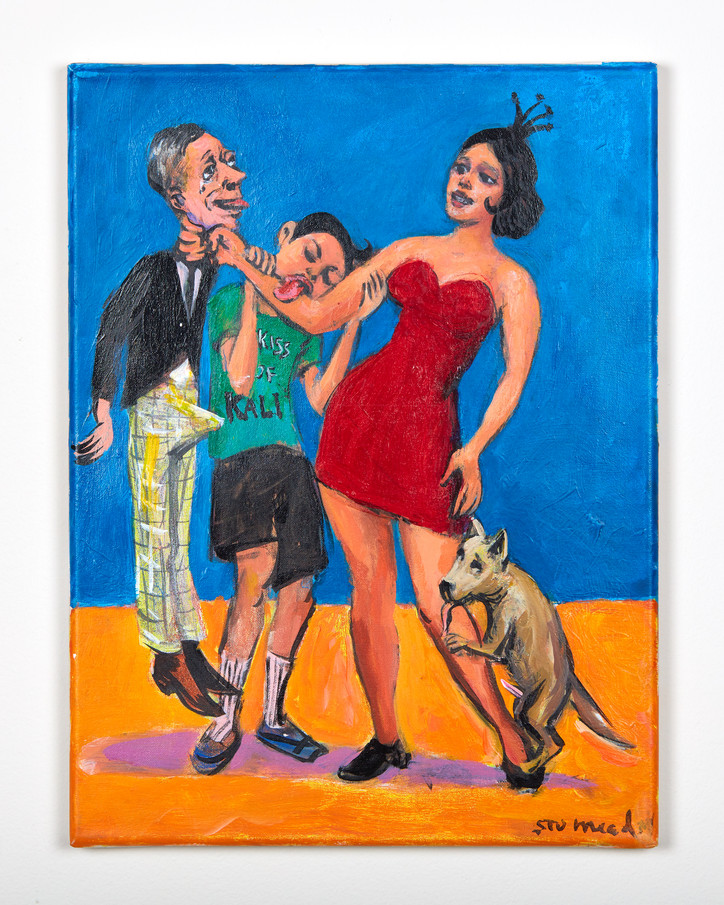
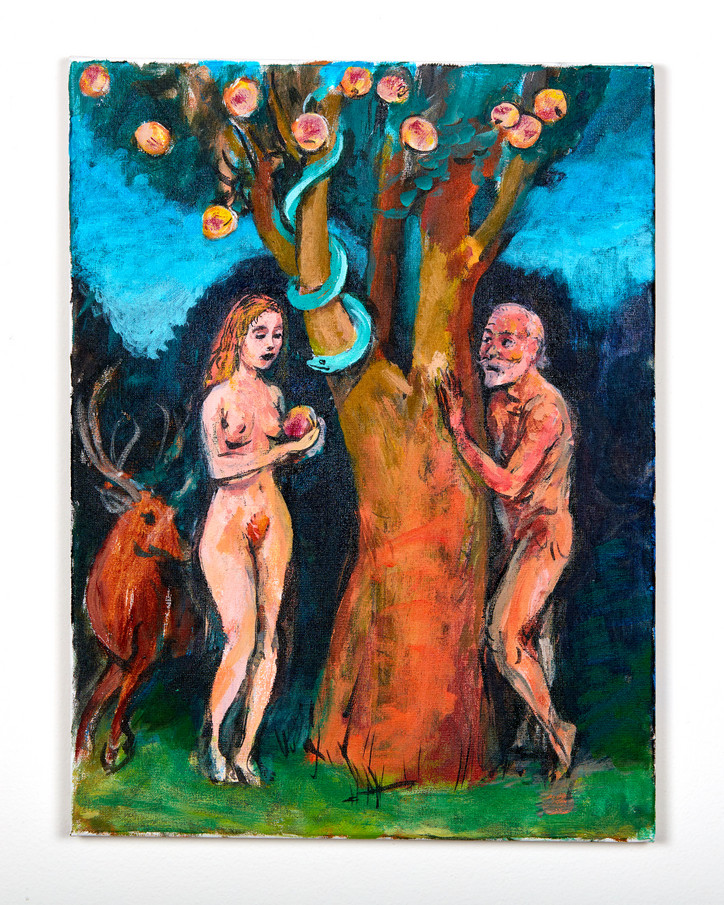
Above: 'Kiss of Kalli' and 'Adam Eve'
Women have a special power in your pictures — where does this power come from? How does it manifest?
I am attracted to women, and desire is one of my main motivations for making art. Desire is an interesting territory: full of tension and dynamic contrasts. I am not interested in painting images of happy endings.
Are the men in your work schmucks? If so, why?
I like to think of them more as comic figures — like the old burlesque comic in baggy pants doing a routine with a beautiful showgirl. His buffoonery only enhances her loveliness. I always identified with those old comedians, Like Lou Costello, Charlie Chaplin, they weren't only pathetic, they were also likable, so the audience could identify with them, see themselves and laugh at their own situation.
If you could illustrate a classic piece of literature, which would it be?
The Grimm brothers’ fairytales. My artwork is informed by folktales, anyway, especially those of the brothers Grimm. When I was very young, I read "The Uses Of Enchantment" by Bruno Bethlehem. He describes how children and adults respond to these simple and dramatic stories as metaphors for their own experiences. After reading that book I read every collection of folktales I could find. It had a big influence on me and the way I think about storytelling.
'The Witching Hour' is on view at Fortnight Institute through April 26, 2019. All images courtesy the gallery. Lead image: 'Manson's Head'
